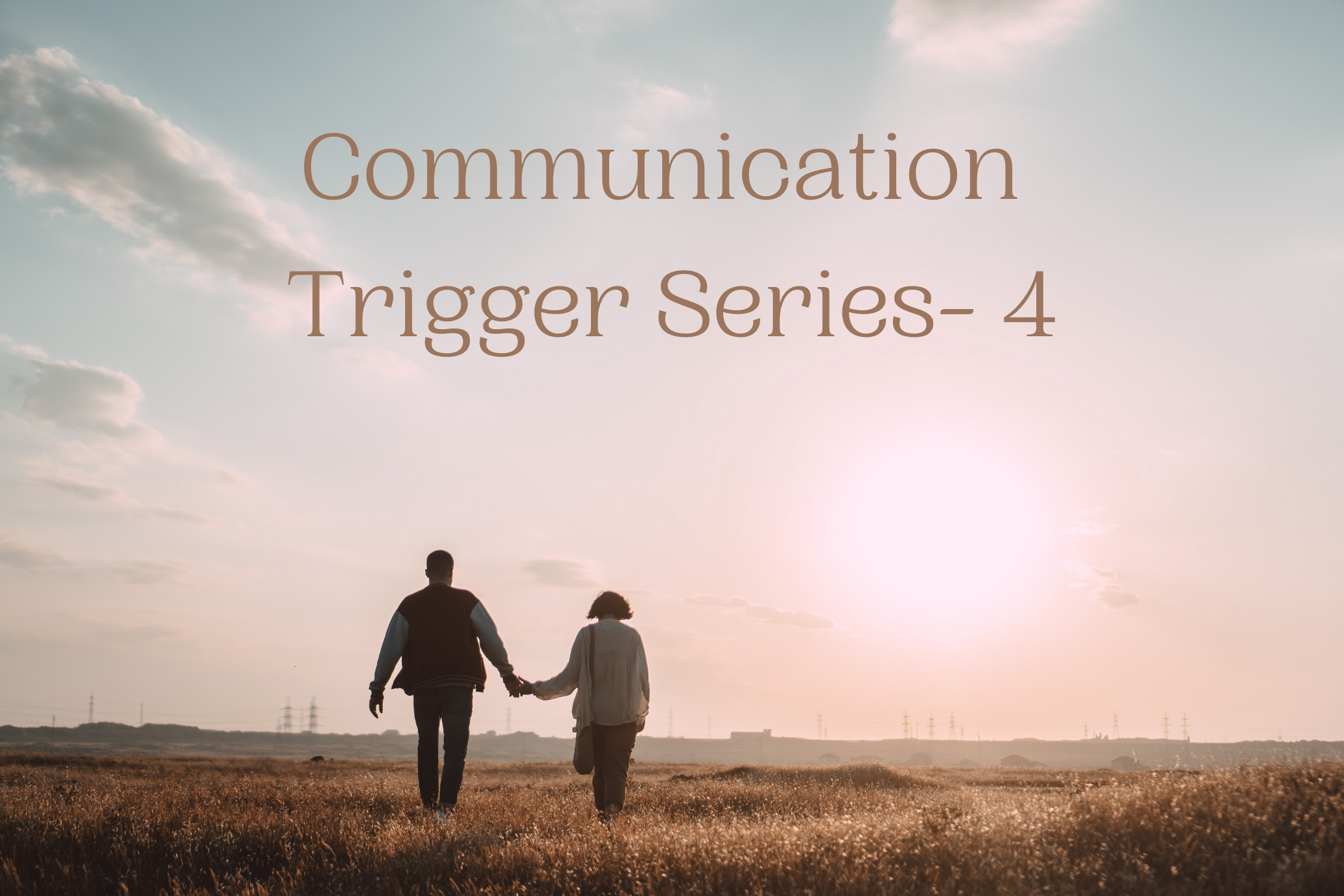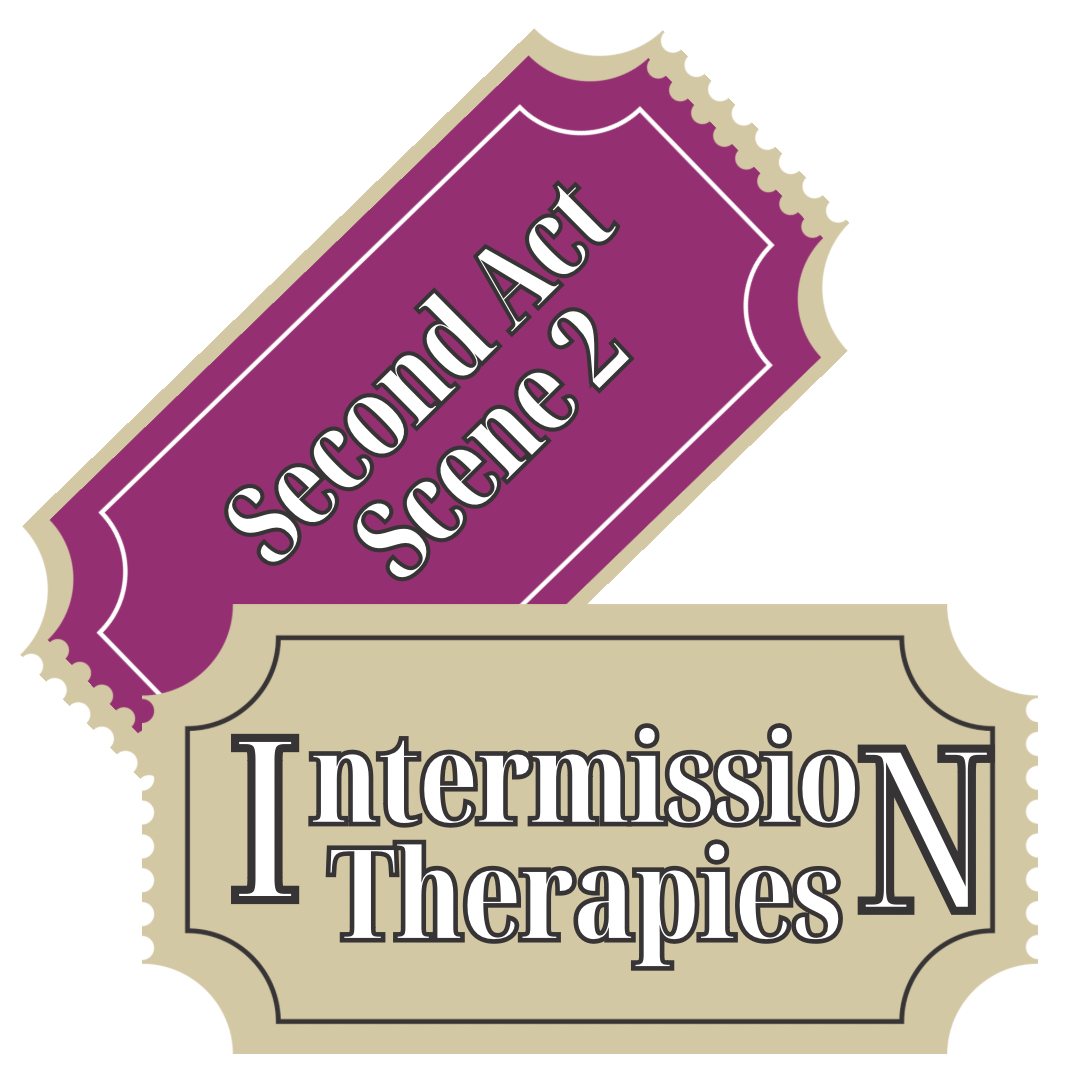Communication Trigger Series- Becoming a Conscious Couple Part 1

This week’s blog I will be talking about what a conscious couple is and how to become one, I will also cover 3 out of the 5 different exercises to teach you.
First off conscious couples learn what each other’s triggers are- and then they steer clear of them or choose to say something else instead. It takes effort before it becomes a habit, and then it takes continuous tweaking, refinement and being present in the moment when you are communicating with one another. They become very observant and aware; they understand that you have to observe what really does trip the trigger.
I am going to teach you 3 out of the 5 exercises today that will help you recognize what your personal triggers are, what your partner’s personal triggers are and then hopefully you and your partner will sit down and have a discussion about triggers.
Exercise 1: Uncovering Personal Triggers
The first exercise I have for you is to take a moment and think about any of your own personal triggers. Have your partner do this on their own later, so later you both can sit down to have a trigger conversation.
For your triggers, I want you to think back over your recent past. Was there something your partner said or did that made your blood boil? Maybe you stormed off, slammed a door, or your voice went up an octave as you laid into them for being such a jerk. And then maybe your partner gave you one of those innocent looks, as if to say, “What did I say?”
This is where you need to be really analytical about what steams you. If there were times in the recent past where your partner said or did something that set you off, I want you to write down the details you remember. Be as specific as you can. Consider the following:
- What was the context when it happened: a casual conversation, or was it more heated?
- What specifically did your partner say to you?
- What was your reaction?
- Did you feel a physiological change, such as your heart racing, or your face flushing, or a sensation as if you’d been punched in the gut?
- What were your thoughts when you heard the words or saw the actions? How did you interpret the meaning?
- Classify each one as historical, new, verbal harassment, non-verbal or combo.
This exercise will help you gain a better sense of your own triggers. Use this as an early-warning system for yourself, when you hear certain words or phrases that triggered something in you and be the reason to your strong reaction. Over the next few weeks track your reactions and categorize them so you can begin to understand what may be baggage from the past and what new triggers may have cropped up in your relationship. Also keep a journal or some other record so you can look for trigger patterns and see what triggers are popping up constantly.
Exercise 2: Life the Lid on Your Partner’s Triggers
Next, I want you to do the same exercise, but apply it to your partner, thinking about what triggers them. Again, think back over the last few weeks or months in your relationship and jot down some notes on times your partner become incensed. Be as specific as possible. Consider the following:
- What was the context when it happened: a casual conversation, or was it a more heated argument?
- What specifically did you say or do, or not do?
- What was the reaction?
- Did you notice a physiological response, such as your partner’s face flushed? Their facial features changed in some way? They stormed off?
- If possible, try to categorize your partner’s response as a historical, new, verbal harassment, non-verbal or combo.
Figuring out what triggers your partner could take some time, so you need to think about this very carefully and track your partner’s reactions over the next few weeks, using the same method you are using to track your reactions.
Once you uncover your partner’s triggers, then you need to make the executive decision that you will no longer push those buttons and set your partner off.
Exercise 3: It’s Trigger Talk Time with Your Partner
By now, both you and your partner should have your individual list of triggers and should continue to track them for at least a week. Now you can talk with your partner and address both your triggers and your partner’s. If they are not willing to do that now that’s okay, exercise 4 will help you do better and can even cause them to ask you “What happened?” Then you can have this discussion.
First is educating your partner on your personal triggers. Start that by explain to your partner that you’ve been thinking about things that trigger you in a bad way, and that you want to share this list so you can both live more harmoniously. Ask for their feedback like “Do you think these are things that tend to set me off?”
Use this as a jumping-in-point to get your partner thinking about their own triggers. At this point ask your partner directly: “What triggers you?” “What do I say at time that anger or hurts you, and makes you want to leave the room?” Compare notes if you both completed the first exercise. You can also broach the subject like this:
“Honey, I’ve been thinking about more than just what triggers me, and I have to as you a serious question. I don’t want to do or say anything that bothers you, but I know I probably do… I want to ask if there is anything I’ve been doing or saying lately that really upsets you? I promise you that if you share it with me… I will do everything in my power to be conscious of that and avoid it like the plague.”
Doing this will help your partner look at you with fresh eyes for being considerate enough to bring this up and knowing you want to treat them better. It will also open the door for your partner to being seeing their part in how they are triggering you too. Give your partner some time to think about this. We aren’t always in touch with what sets us off, we just know certain words or actions have that effect. It takes a calm mine to stop and reflect on our triggers. And it takes a calm, objective mind to analyze what it is about the words we choose that can trigger our partner. You can also share with your partner what you’ve noticed and help them figure out what that word or action triggered them.
Stay updated with our Match Made in Heaven Communication Triggers Series Blog! Next blog will be talking about the last two exercises for how to become a conscious couple.

